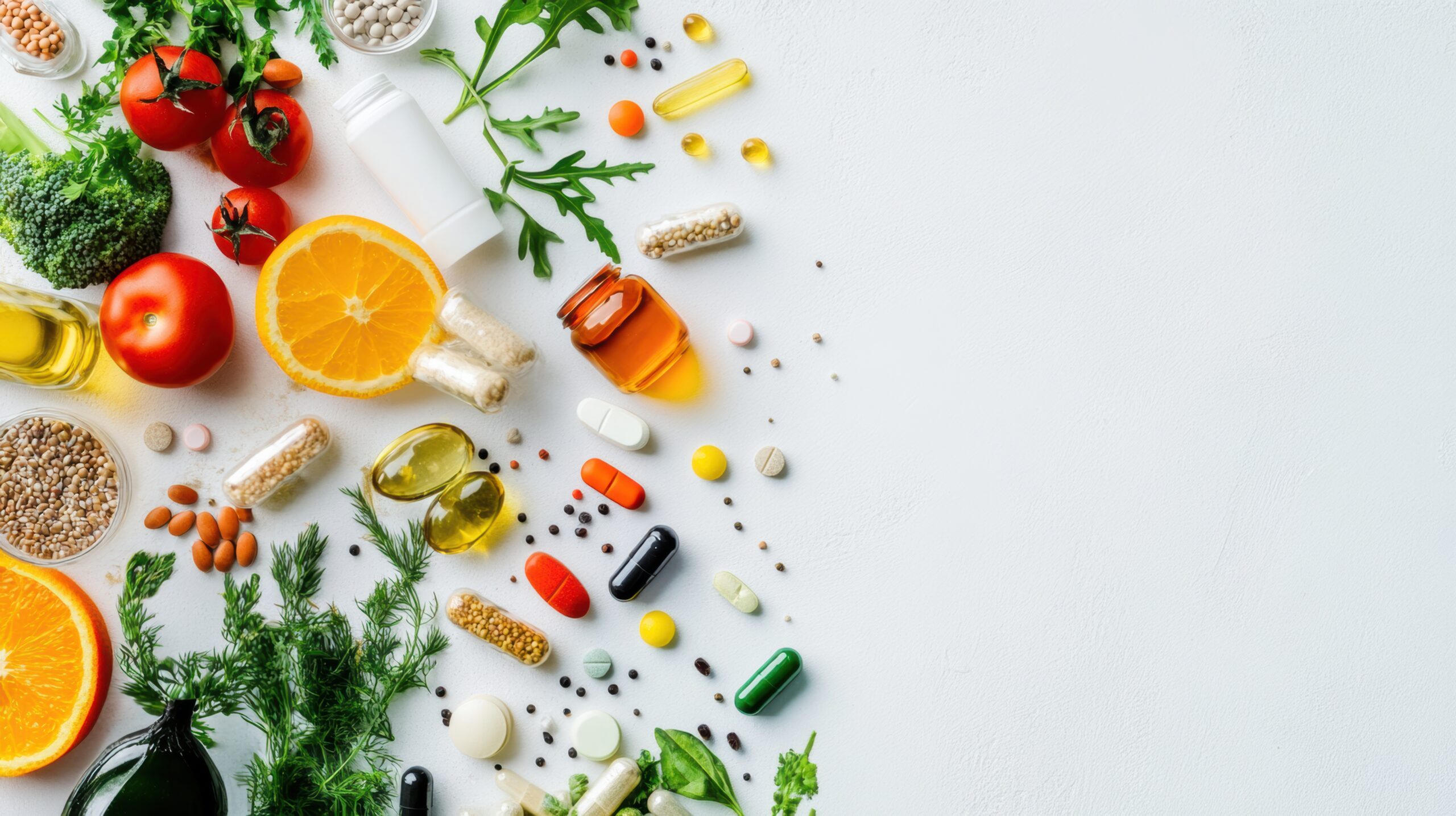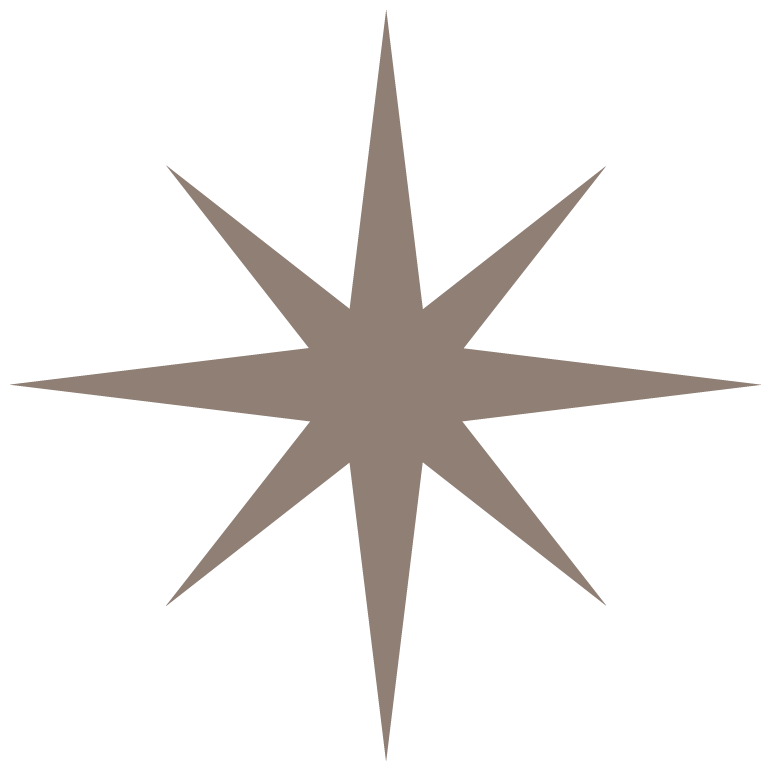What You Need to Know About Menopause and Your Skin
Menopause. It’s a word that can conjure up images of hot flashes and night sweats, and while these are undoubtedly everyday experiences, menopause affects your entire body, including your skin.
As estrogen levels decline during this natural transition, many women notice a shift in their complexion.
This first blog in our two-part series will empower you with knowledge about the connection between menopause and skin health. I’ll break down the science behind the changes, exploring how declining estrogen impacts everything from hydration to collagen production.
I’ll also introduce the critical skin concerns you might encounter during menopause, such as dryness, wrinkles, and hyperpigmentation.
Rest assured, these changes are a natural part of the menopause journey! Understanding them is the first step to creating a personalized skincare routine that keeps your skin healthy and radiant throughout this phase of life.
In part two, we’ll equip you with practical solutions! We’ll explore how to hydrate from the inside out, boost collagen, and find the best sun protection for your skin. We’ll also discuss managing sensitivity and touch on anti-aging options. By the end, you’ll have the tools to confidently keep your skin healthy and radiant throughout menopause.
The Science of Skin Changes During Menopause
As you approach menopause, your ovaries gradually wind down their egg production. This natural process, typically occurring between the late 40s and early 50s, marks the end of your reproductive years.
A vital consequence of this transition is a significant decrease in estrogen levels.
During your reproductive years, estrogen is vital in regulating your menstrual cycle and maintaining healthy skin. (1) However, as your ovaries slow down egg production, they naturally produce less estrogen. This drop in estrogen disrupts several key processes essential for healthy skin.
Collagen Production: Estrogen directly impacts the activity of fibroblasts, the skin cells responsible for collagen production. With lower estrogen levels, fibroblast activity weakens, leading to a decline in collagen production. This reduction in collagen contributes to wrinkles and a loss of skin firmness. (2)
Hyaluronic Acid Synthesis: Estrogen plays a role in regulating the production of hyaluronic acid, a natural molecule within your skin that acts like a moisture magnet. When estrogen levels decline, the production of hyaluronic acid also decreases. This decrease results in drier skin that struggles to retain moisture, leading to tightness and discomfort. (3)
Cell Turnover Rate: Estrogen influences cell turnover rate, the process where your skin sheds and replaces old cells with new ones. Lower estrogen levels can lead to a slower cell turnover rate. This slowdown causes dead skin cells to accumulate on the surface, making your skin appear dull and lacking in vibrancy. This buildup of dead skin cells can also contribute to clogged pores and breakouts. (4)
Common Menopause Skin Concerns
Now that we’ve explored the hormonal shifts behind common menopause skin changes, let’s examine the specific concerns you might encounter during menopause and find solutions to keep your skin healthy and radiant. (5, 6, 7, 8)
Dryness
One of the first and most noticeable changes many women experience during menopause is drier skin. This dryness stems from decreased natural skin oils (sebum) and hyaluronic acid production.
Sebum, a natural oil produced by your skin, helps keep your skin lubricated and protected, while hyaluronic acid acts like a moisture magnet, attracting and retaining water. As estrogen levels decline, production of both sebum and hyaluronic acid diminishes.
This translates to moisture loss, leaving your skin feeling tight, flaky, and even itchy. You might also notice increased sensitivity, particularly with harsh soaps or cleansers that contain ingredients like sulfates or alcohol.
Fine Lines and Wrinkles
Think of collagen as the scaffolding that keeps your skin firm and plump. It provides structure and elasticity, giving your skin a youthful appearance. Unfortunately, collagen production also slows down significantly during menopause due to declining estrogen levels.
This decrease in collagen contributes to fine lines, wrinkles, and a loss of skin firmness. Fine lines and wrinkles become more prominent, particularly around areas with a lot of movement, like the eyes, mouth, and forehead. Additionally, the loss of collagen can lead to sagging, which is especially noticeable around the jawline and cheeks.
Dullness
Slower cell turnover is another culprit behind many skin changes during menopause. Your skin sheds dead skin cells regularly, revealing the fresh, new cells beneath.
However, as estrogen levels decline, this process slows down. Dead skin cells accumulate on the surface, making your skin appear dull, rough, and lacking in radiance. Additionally, this buildup can clog pores, potentially contributing to breakouts.
Skin Thinning
The skin naturally thins with age, but menopause can accelerate this process. This thinning is due to decreased collagen production and fat loss beneath the skin’s surface.
As I mentioned, collagen is the scaffolding that keeps your skin firm and plump. Collagen loss contributes to wrinkles and a loss of elasticity and weakens the structural support for the skin’s upper layers. This lack of support makes the skin thinner and more prone to sagging.
In addition to collagen, the layer beneath the skin’s surface also contains fat cells. These fat cells play a crucial role in maintaining skin volume and fullness. Unfortunately, hormonal changes during menopause can also lead to decreased facial fat, particularly in areas like the cheeks and temples. This loss of volume further contributes to the thinning appearance of the skin.
The combined effects of collagen loss and fat reduction result in thinner, more fragile skin. This delicate skin is more susceptible to tearing and may even show increased visibility of underlying blood vessels, particularly on the face and hands.
Brown Spots
The appearance of brown spots, also known as hyperpigmentation, is another common concern during menopause. These spots can range in size and color, typically appearing on sun-exposed areas of your skin like the face, hands, chest, and forearms.
During menopause, fluctuating hormone levels, particularly estrogen and progesterone, influence the production and distribution of melanin, the pigment that gives your skin its color. When estrogen and progesterone levels decline, melanin production can become uneven, forming darker patches on the skin.
While hormonal changes are a trigger, sun exposure is the biggest culprit behind hyperpigmentation. Ultraviolet (UV) radiation from the sun stimulates melanin production, and uneven melanin distribution becomes more noticeable on skin exposed to a lot of sun over time. This is why brown spots are more prevalent in sun-exposed areas.
Simple Steps for Healthier Skin Now
While we’ve explored some common skin concerns associated with menopause, rest assured – a wealth of solutions and strategies is available! In the next part of this series, we’ll delve deeper into specific skincare products, sun protection techniques, and lifestyle habits that can significantly improve your skin’s health and appearance.
In the meantime, here are a few simple steps you can take right now to make a difference:
- Hydration is Key: Drink plenty of water throughout the day to keep your skin hydrated from the inside out. Aim for eight glasses of water daily, and adjust based on your activity level and climate.
- Gentle Cleansing: Avoid harsh soaps and cleansers that can strip your skin of its natural oils. Opt for a gentle, fragrance-free cleanser that removes dirt and impurities without leaving your skin feeling tight or dry.
- Moisturize Regularly: Look for a moisturizer formulated for mature skin. It should contain humectant ingredients like hyaluronic acid or glycerin to attract and retain moisture. Consider incorporating a separate night cream for more intensive hydration.
- Sun Protection Every Day: This prevents wrinkles, premature aging, and hyperpigmentation. Apply a broad-spectrum sunscreen with SPF 30 or higher daily, even on cloudy days.
Incorporating these simple steps into your daily routine will lay the foundation for a healthier, more radiant complexion. Stay tuned for part two, where we’ll equip you with a comprehensive toolkit to combat common menopausal skin concerns!
Ready to delve deeper into functional dermatology and unlock the secrets to healthy, glowing skin? Download your FREE guide to the 10 Pillars of Functional Dermatology!
This guide will provide valuable insights into the root causes of common skin concerns and empower you to create a personalized approach to optimal skin health. Click the link below to download your free copy and embark on your journey to radiant skin!
Resources
1. “Skin aging and menopause: implications for treatment.” PubMed, https://pubmed.ncbi.nlm.nih.gov/12762829/. Accessed 17 June 2024.
2. “Caring for your skin in menopause.” American Academy of Dermatology, 20 November 2023, https://www.aad.org/public/everyday-care/skin-care-secrets/anti-aging/skin-care-during-menopause. Accessed 17 June 2024.
3. “Regulation of Hyaluronan (HA) Metabolism Mediated by HYBID (Hyaluronan-binding Protein Involved in HA Depolymerization, KIAA1199) and HA Synthases in Growth Factor-stimulated Fibroblasts.” PubMed, 25 December 2015, https://pubmed.ncbi.nlm.nih.gov/26518873/. Accessed 17 June 2024.
4. Thornton, Julie. “Estrogens and aging skin – PMC.” NCBI, https://www.ncbi.nlm.nih.gov/pmc/articles/PMC3772914/. Accessed 17 June 2024.
5. “Skin care during the menopause period: noninvasive procedures of beauty studies.” NCBI, 18 December 2013, https://www.ncbi.nlm.nih.gov/pmc/articles/PMC3907896/. Accessed 17 June 2024.
6. Draelos, Zoe Diana. “Menopause and the Skin: Old Favorites and New Innovations in Cosmeceuticals for Estrogen-Deficient Skin.” NCBI, 26 November 2020, https://www.ncbi.nlm.nih.gov/pmc/articles/PMC7859014/. Accessed 17 June 2024.
7. “Dry skin: Overview.” American Academy of Dermatology, 18 June 2013, https://www.aad.org/public/diseases/a-z/dry-skin-overview. Accessed 17 June 2024.
8. Bravo, Bruna. “Dermatological Changes during Menopause and HRT: What to Expect?” MDPI, https://www.mdpi.com/2079-9284/11/1/9. Accessed 17 June 2024.




